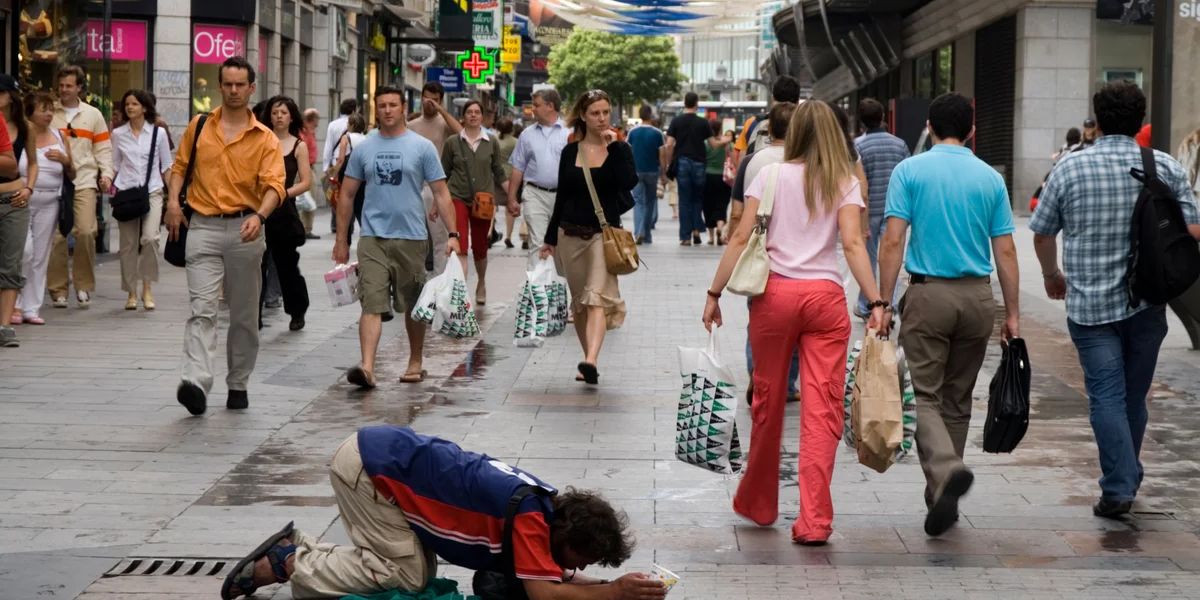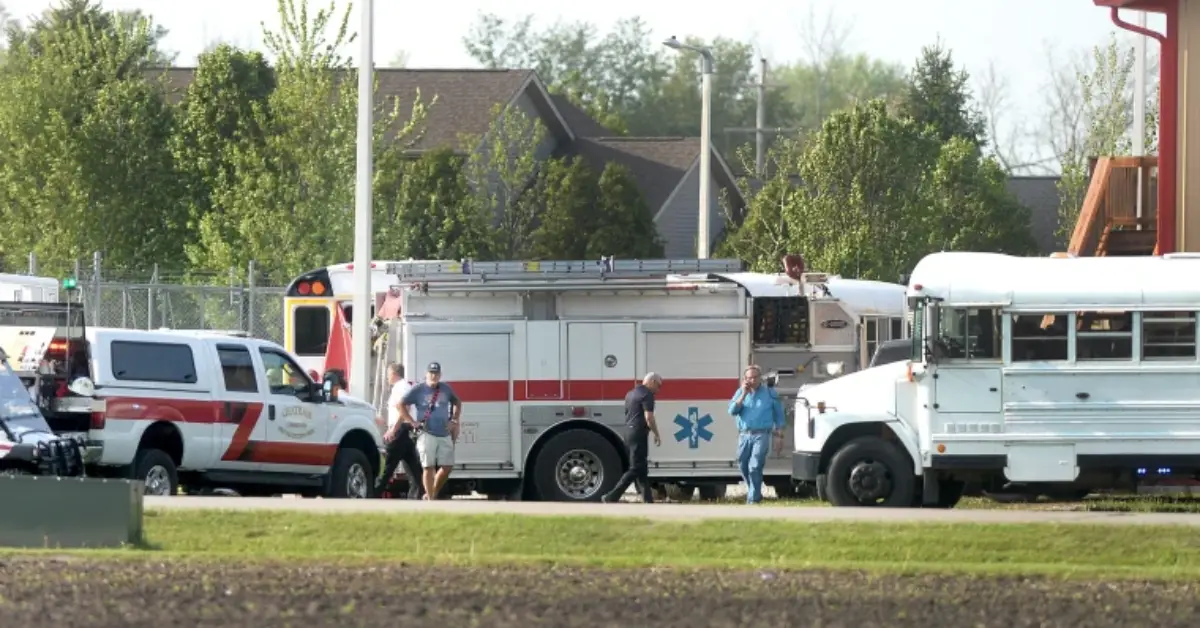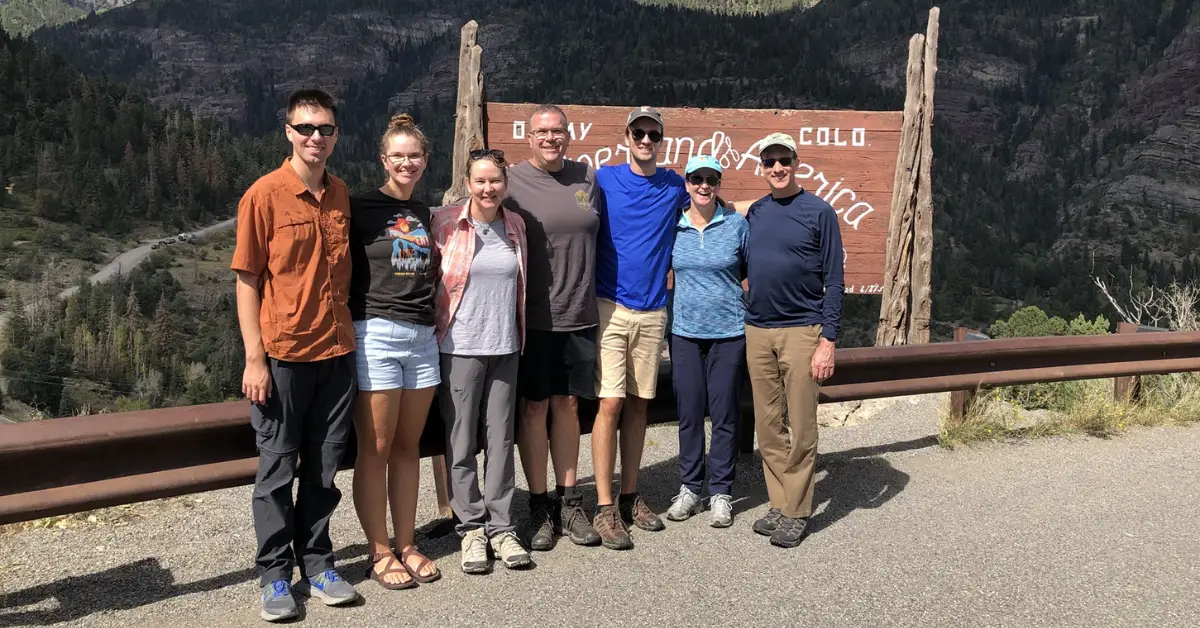By arguing that a tough-on-crime ballot issue would reinstitute the drug war that Richard Nixon started, Governor Gavin Newsom is attempting to derail it.
Among the few notable Democrats who have spoken out against Proposition 36, Newsom names it as a “drug policy reform that takes us back decades.” The “War on Drugs 2.0” is how civil rights organizations describe the initiative.
A former top assistant to Newsom, Anthony York, now campaigns against Proposition 36. “We did that,” he claimed. “The courts also reached the same conclusion as the voters: that it was unpopular.”
Newsom is adamant that the program harkens back to a time when American law enforcement prioritized incarceration over rehabilitation, even if a growing number of Democrats and people on the left are committed to combating crime. He is not yet leading an effort to derail it, but he is speaking out strongly against it.
Retail behemoths like Home Depot, Walmart, and Target financially supported a coalition of district attorneys who drafted Proposition 36, which would elevate some drug and larceny misdemeanors to the level of felonies. Their pitch was that this program was California’s sole hope for combating the epidemic of shoplifting. They said that criminals now had carte blanche to steal because of Proposition 47, which was passed a decade ago and reduced punishments for low-level crimes while investing millions in programs for mental health and drug treatment.
To allay companies’ fears of thievery, Newsom and other Democratic legislative leaders passed a package of bills that would provide prosecutors with additional resources to crack down on organized theft rings. A number of the proposals go above and beyond what Prop 36 would achieve, such as establishing a permanent state retail theft task force, safeguarding companies that report recurrent crimes, and empowering police to arrest shoplifters on probable cause.

The final bill, which increases penalties for property damage or theft, was signed into law by Newsom on Thursday. York claims that the No on 36 campaign came to the “policy realization” after the bill package was passed that they could paint the theft prohibitions as outdated and center their campaign around the initiative’s effects on drug policy. The initiative’s most prominent detractor has taken this message shift to heart.
California Wildfire Response in Jeopardy: Trump’s Threat to Withhold Aid Provokes Strong Reactions
In a statement made last month, Newsom accused the supporters of Prop 36 of being dishonest. “Retail theft is completely unrelated to that endeavor. The War on Drugs in the 1980s is the inspiration for that program.
Conflict surrounding conflict
The president proclaimed drugs to be the “public enemy number one” in a June 1971 press conference at the White House. In an effort to combat the drug problem, he pledged a “all out offensive,” established new drug enforcement organizations, and requested millions of dollars from Congress.
The federal government poured money into California, bolstering police forces and funding the state’s continued narcotics raids in cities like San Francisco, Oakland, and Los Angeles. In 1994, the three strikes-and-you’re-out Proposition 184 was overwhelmingly approved by the voters of California, requiring those with a history of felony convictions, including for non-violent drug charges, to serve sentences ranging from 25 years to life.
In the years that followed, harsh penalties for drug possession and distribution were instituted as part of the war on drugs, which became the driving concept of federal, state, and local law enforcement agencies in the United States. Yet, a decade of improvements in California led to Prop 47’s resounding defeat as well.
According to Bay Area pollster Dave Metz, who does not currently have a role in the Prop 36 campaign, a strategy that connects the initiative to programs that were rejected by voters might potentially garner support from both the Republican and Democratic parties. More than 20% of registered voters were unsure of their vote in a recent survey by the UC Berkeley Institute for Governmental Studies; the biggest percentages were among young people and those without political affiliation. (The poll found that 56% of people who were likely to vote were in favor.)
Polls reveal that the general population views the war on drugs with extreme disapproval, according to Metz. “They believe that set of regulations accomplished very little to tackle problematic drug usage.”
Opponents of Prop 36 have seized every chance to shift the conversation away from thievery and onto the initiative’s potential effects on drug policy. A number of drug possession offenses would be elevated to felonies under the proposed legislation, and offenders would be required to finish drug treatment programs, not merely begin them, in order to avoid jail time.
The legalization of formerly restricted substances and the reduction of punishment for nonviolent offenses involving others are examples of how California voters have generally softened their attitude on drug policy over the past several years, but the success of Prop 36 would mark a break from this trend. The Legislature has repealed automatic sentencing enhancements and reduced harsh sentencing for drug crimes, following the direction of the voters.
In July, the main opposition committee was established following Newsom’s failure to reach an agreement with the initiative’s supporters that would have eliminated Prop 36 from the ballot. Under the day-to-day guidance of Newsom supporters such as Lindsey Cobia, who was once Newsom’s deputy chief of staff, David Binder, who was his campaign pollster, and York, who was his top spokeswoman, the No on 36 campaign is headed by Prop 47 co-author Lenore Anderson, president of the Alliance for Safety and Justice.
Closing Gun Store Soon! California Laws and Taxes Force Gun Stores in the Fresno Area to Close
Their campaign is still in its early stages, and they have only received $1.7 million in contributions. This is because they have not been able to reunite the group of progressive organizations and large philanthropies who contributed $11 million to help pass Proposition 47 in 2014. None of the 36 officials have admitted that they are short on funds to promote their newly selected message.
The official voter guide opens with the first meaningful comments to voters from the No on 36 campaign, which state, “Prop 36 will reignite the failed war on drugs, wasting billions on jails and prisons and slashing crucial funding for crime prevention, treatment, victims, and rehabilitation.” No, that will lead to an increase in crime.
Get back to the day before
Prop 36 supporters deny that their proposition is a regressive turn in drug policy, as the governor claims.
A prosecutor who worked on the initiative’s drafting, Yolo County District Attorney Jeff Reisig, stated, “I think it’s just political rhetoric, he’s just pounding the table to try to convince people that it’s some return to yesterday.”
The Yes on 36 campaign, which Reisig spearheaded, has also revised its narrative in light of these developments. The measure’s approach to drug addiction was the primary topic of Tuesday’s campaign news conference in Sacramento.
The initiative’s ability to assist individuals in “beginninning new lives” via treatment has been emphasized in recent press releases. As evidence that something needs to change, district attorneys point to declining participation in drug courts and say that harsher punishments give prosecutorial teeth to jail diversion programs for drug treatment.
“It’s fair to say that we got more aggressive about messaging on the drug piece to make sure the truth about Prop 36 is being heard,” claimed Yolo prosecutor Reisig. “They comprehend it’s not on target; it has a foreboding and frightening quality, but that is not Prop 36.”
Although nothing has changed with Prop 36 since its introduction a year ago, proponents and opponents alike recognize the context in which voters will perceive changes.
The property crime rate in California fell in 2023 after rising somewhat in the years after 2020. (We do not yet have the statistics for 2024.) Arrests for organized retail theft in California jumped 167% in the first half of 2024, according to the Governor’s Office. Videos showing blatant stealing at CVS and Walgreens, on the other hand, don’t go viral as often.
According to Anne Irwin, founder of Smart Justice California—a consortium representing significant donors who have supported previous reform efforts and are currently supporting the No on 36 campaign—the initiative’s proponents have shifted their focus from retail theft and public safety to drug treatment.
Getting the word out to voters before mail-in ballots are sent out in less than a month would be a challenge, according to the No on 36 campaign.
“We will need to put in more effort than they do if we are unable to outspend them,” York warned. “We need to remove this retail stuff from the equation as soon as possible.”




